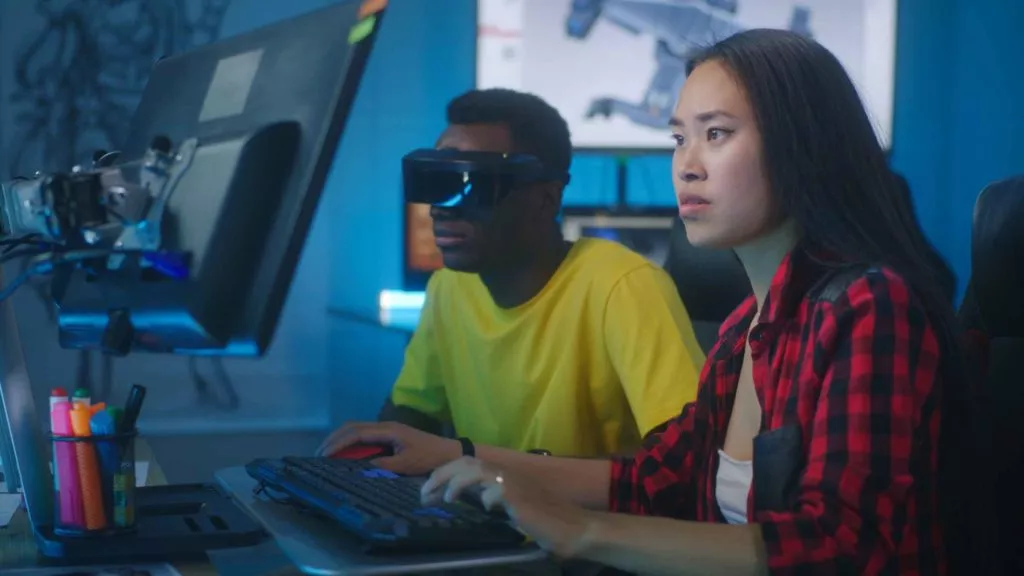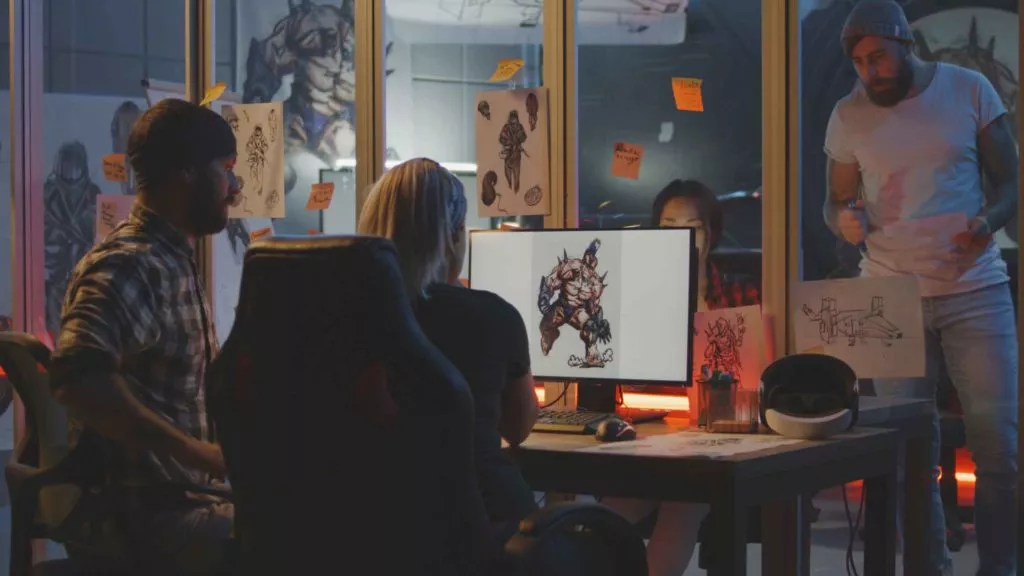So you’re a game developer and you’ve got a new project in the works, and you know that it’s not enough for the quality to be up to scratch; you also need to market it successfully to bring players onboard. If you don’t know where to even begin with game marketing, here are some ideas that will form the basis of a solid strategy going forward.
1. Create a website to wow people
A website is essential for getting the word out about your game, and setting it out as a reputable creation with a consistent public profile. At a minimum, it should be professional, visually appealing, and feature information about what makes your game unique or different from other titles in its genre.
Consider using an experienced web designer who knows how to create a high-end website that will wow potential customers with its look and feel, especially if you don’t have anyone who’s skilled at this on the team already.
Additionally, include technical info, minimum system specification requirements, and platform compatibility details so people know what to expect when they purchase your game, and whether they can play it on their PC, console or smartphone in the first place.
2. Start your social media campaign ASAP
Social media is key for any game marketing campaign, and it pays to set up a presence on appropriate platforms sooner rather than later.
Start by creating accounts on services Facebook, Twitter, YouTube, TikTok and so forth; basically, anywhere you know that your prospective players will be spending their time online.
Next, begin posting regularly with updates from the development process, giving your growing army of followers a behind-the-scenes look at the making of your game.
Lastly, use these platforms to engage with customers who have questions about the game or feedback on their experience playing it, whether during public testing phases or post-launch. This will help build trust between you and them, while also showing potential players that you care about what they have to say, and will respond to their input rather than ignoring them.
3. Use video to your advantage
Videos are great visual tools for showing off features of a new release, demonstrating gameplay elements in action, and building hype around the story—a perfect way to grab people’s attention!
Invest in quality video production services that can showcase each aspect of your product accurately and professionally. A good game trailer can shift units more effectively than almost anything else, so don’t cut corners here.

4. Provide preview builds to game journalists
Reaching out to game journalists is a great way to get your product featured in the press, both online and in print. Before you do this, however, make sure you have a preview build of your game ready to go; this will give media outlets an opportunity to test it out and write reviews about it before it’s available to the general public.
Make sure the build is polished and bug-free so that journalists can have a good experience playing it. Being an effective bug-hunter and fixer is part of what it takes to become a software developer or game designer, so these are skills you need to nurture.
5. Work with gaming influencers
Another tactic for getting more people interested in your game is working with gaming influencers—those who already have large followings on social media platforms such as YouTube or Twitch. It’s tricky to get into this scene, but once established, big personalities can pull in vast, very engaged audiences.
For game developers, it makes sense to reach out with promotional offers such as free copies of the game or other incentives so that you can hook influencers in the first place. Then you can work together on creating content around your product. Their audiences are likely interested in what they’re promoting if they trust them enough, and if they’re also aligned with your target demographic.
6. Use automation tools to optimize your marketing efforts
Drilling down into various data streams will help you make decisions about how to pitch your game and what your target audience wants out of the experience.
Using automation tools for analysis and growth marketing, like those from upptic.com, can help optimize marketing efforts by automating mundane tasks that would normally require manual labor.
Automation can also be applied to other areas of your promotional campaigning. For example, there are plenty of software solutions available that offer features like scheduling posts across various social platforms at once, or tracking analytics for different campaigns. This allows developers to focus their efforts on more creative aspects of marketing instead.
7. Consider cross-promotion opportunities
Cross-promotion is a great way to spread the word about your game. Look for opportunities to partner with other developers or publishers who are working on similar products.This could involve promoting each other’s games through social media, providing discounts when buying both games together, and so on.
Also if you’ve already got games on the market which have an audience, consider adding promotional content and alerts to them which will highlight the launch of your newest project.

8. Don't forget about DLC & expansion packs
Don’t forget about downloadable content (DLC) and expansion packs either! Offering additional content can be a great way to keep players engaged after they've purchased your game. Consider offering in-game items such as skins or exclusive levels that will make the experience even more unique and rewarding for customers who have already invested in it.
9. Measure your results regularly
Once you have implemented any of these strategies, it's important to measure the results regularly. Pay attention to analytics across different platforms—website visits, downloads, time spent playing the game etc, to get an understanding of how effective your efforts are at reaching potential customers.
This data can then be used to make adjustments if needed, ensuring that you're getting maximum bang for your marketing buck.
Wrapping up
All of the tactics we’ve talked about should be considered when launching any videogame product into the market, and when aiming to keep its momentum up post-launch. By using them in conjunction with traditional marketing methods, you’ll stand the best chance of standing out in a crowded market.


